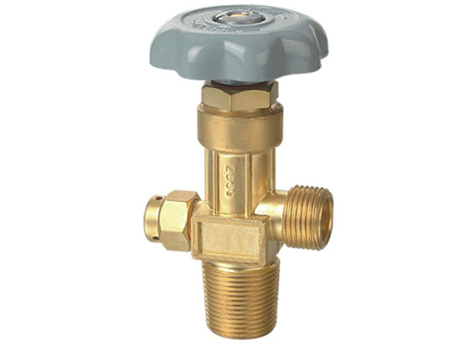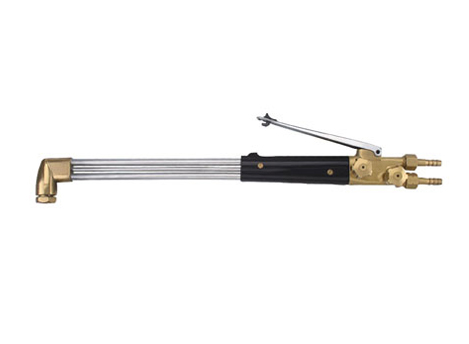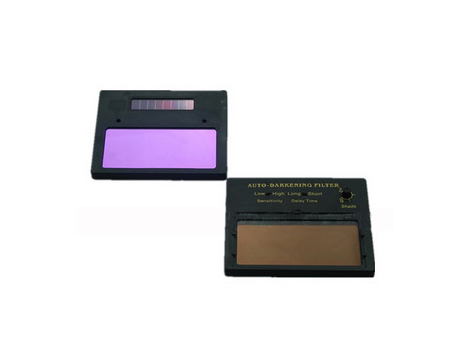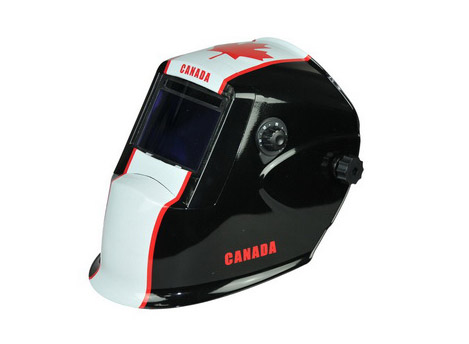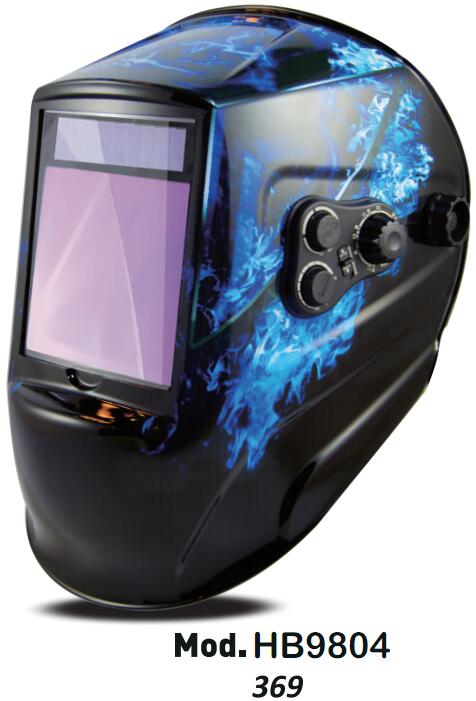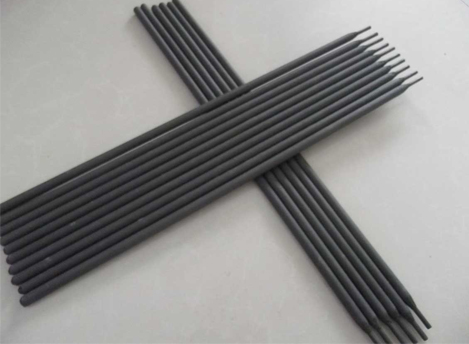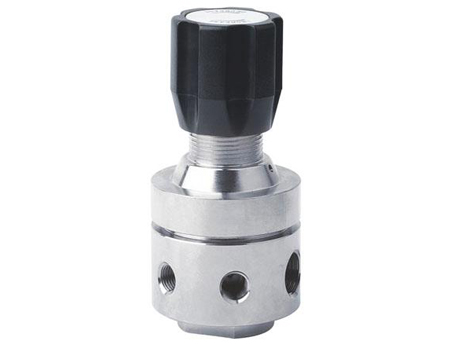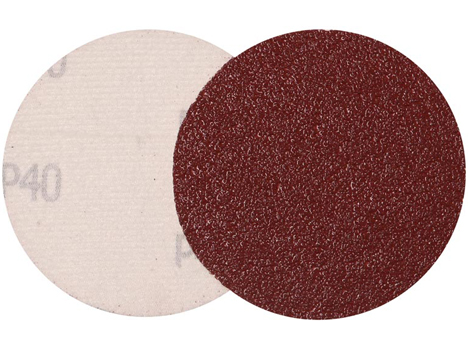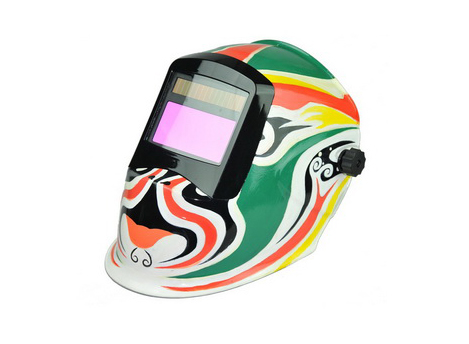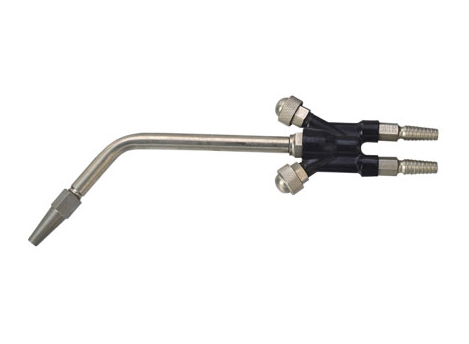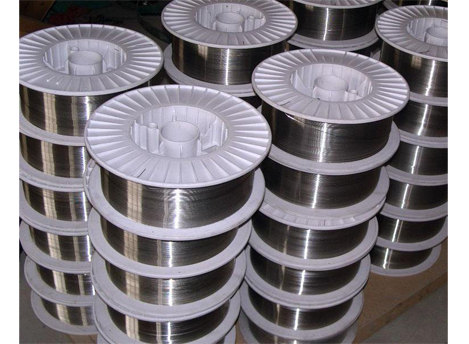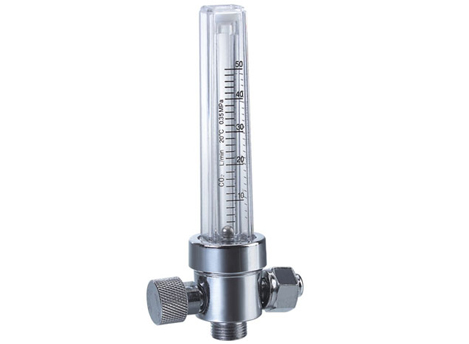Granular flux used in welding is a granular insulating material composed of many small particles. In submerged arc welding (SAW), granular flux provides a covering layer to the weld, protecting it from sparks and spatter. Granular flux is often the means to achieve high deposition rates in SAW. Flux also helps produce the high-quality welds common in this particular welding process.
Role of Flux in Submerged Arc Welding
The effect of gravity on the flux entering the weld area and melting the weld pool limits the versatility of submerged arc welding. The process can only be performed in flat and horizontal fillet weld positions except in special cases. These special cases include vertical and horizontal welding where special equipment such as belts or shoes are used to hold the flux in place.
Granular flux used in SAW has several functions. In addition to providing a protective layer to the weld, the flux also shields and cleans the weld pool. The flux also affects the chemical composition of the weld metal, the shape of the weld bead, and the mechanical properties of the weld.
Another role of granular flux is to act as a barrier, retaining heat and focusing heat into the weld area to promote deep penetration.
Types of Granular Flux
The method of making flux determines the type of flux, which includes Fused Flux, bonded flux, sintered flux, mechanically mixed flux, etc.
When producing molten flux, the raw materials are melted into a liquid state in a high-temperature electric furnace, then cooled and crushed or ground into the desired particle size.
When making bonded flux, the ingredients are dry mixed and then bonded together with a liquid binder. This binder can be a liquid, such as sodium silicate. After the particles are bonded, they are baked and then screened through a sieve to obtain flux particles of the desired size.
The manufacturing method of sintered flux is roughly the same as that of bonded flux. However, sintered flux uses a ceramic binder instead of a liquid binder. Sintered flux also has a higher drying temperature. (Higher drying temperatures limit the use of deoxidizers and alloying elements.)
Mechanically mixed flux is a combination of two or more bonded or agglomerated fluxes. Although mechanically mixed fluxes can make special mixtures for more sensitive welds, these fluxes may separate during storage, use, and recycling of the flux.
Fused Flux vs. Bonding Flux
The types of flux used in submerged arc welding include Fused Flux and bonding flux. Each flux has some advantages and disadvantages.
Fused Flux
When making fused flux, the raw materials are dry mixed together and then melted or fused into a liquid state using a high temperature furnace. After melting is complete, the flux is cooled. This can be done by using a stream of water or a large cooling block.
After the flux is cooled, it is crushed or ground into particles. The particles are made in a variety of sizes to ensure optimal performance in different applications.
The advantages of fused flux include:
Non-hygroscopic flux particles do not absorb water, so any surface moisture can be eliminated by simply drying the particles in a low temperature oven at 300 degrees Fahrenheit.
The condensation on the molten flux particles is better protected from hydrogen cracking by low temperature drying.
The flux particles produce chemically consistent welds.
Fused flux particles can be recovered without loss of size or composition through a flux recovery system.
The disadvantage of fused flux is that the high temperatures used in the manufacturing process make it difficult to add alloys and deoxidizers.
Bonding flux
The manufacture of bonding flux involves mixing dry ingredients and then using a liquid binder such as sodium or potassium silicate to bind these ingredients together. After the bonding mixture is granulated, the granules are baked in a low temperature furnace. After the granules are dried, they are broken up using a sieve to obtain the desired particle size. The granules are then packaged for shipping.
The advantages of bonding flux include:
Deoxidizers are present in bonding flux to prevent rust and scale. These deoxidizers also help prevent the weld from becoming porous.
Alloys can be added to bonding flux. Alloying elements improve the chemical and mechanical properties of the flux.
Bonding fluxes form a thicker flux layer when welding.
Bonding fluxes can be identified by color.
Bonding fluxes generally have better stripping properties than molten fluxes.
There are at least two disadvantages to using bonding fluxes. They are:
They absorb moisture.
Their composition may change due to segregation or loss of fines.
About Submerged Arc Welding (SAW) Process
Submerged Arc Welding (SAW) is a common welding process that is commonly used in the structural and shipbuilding industries. It was originally developed by Linde-Union Carbide and is commonly used on beam, boom, tractor and multi-head drills. Also known as Sub Arc or SAW, the process uses a layer of granular fusible flux under which both the weld and arc zone are protected or "buried". This flux covering provides the following benefits:
1. Protection from atmospheric contamination
2. Stabilizes the arc during welding
3. Prevents spatter and sparks from flying
4. Suppresses radiation and fumes common to the stick arc welding (SMAW) process
How it works
Arc welding requires a continuously fed tubular or consumable solid electrode and can be fully or semi-automatic. The arc is flat and maintained between the end of the bare wire electrode and the weld. The electrode is continuously fed into the arc and as the electrode melts, a layer of granular flux provides a protective layer under which welding occurs. When some of the flux melts, a covering is formed. This fusible flux may consist of lime, silica, manganese oxide, calcium fluoride, and other compounds. In its molten or melted state, the flux conducts electricity. This enables it to provide a constant current between the electrode and the welded workpiece. Unless the flux has become contaminated, the remainder is recovered and reused.
In the automatic version of SAW, the process is performed by a set of rollers driven by a controlled motor to ensure that the wire is fed into the arc at the same speed as the electrode melts. Therefore, the arc length remains constant. The SAW process is usually automated; however, semi-automated systems are also available.
Properly performed arc welding should always produce mechanical properties at least the same as the parent material. Ductility and impact resistance should be good, and the weld bead appearance should be uniform.
Variables of the SAW Process
There are some key variables in the submerged arc welding process. These variables include:
Arc voltage
Wire feed speed
Travel speed
Contact tip to work point (CTTW) or electrode stick out (ESO)
Polarity and current type (can be AC or DC), and variable balanced AC current
Equipment
In automatic submerged arc welding, there are three types of welding guns commonly used, including side flux delivery guns, deep groove welding guns, and concentrated flux delivery guns.
Centralized flux delivery guns deposit flux around the welding wire. With both side flux delivery guns and deep slot flux delivery guns, flux is delivered from an overhead gravity hopper to the flux shutoff assembly of the flux delivery gun.
The type of welding gun selected for a job may depend on the joint design and/or the welding operator's preference.
Material Applications
SAW material applications include carbon steel, low alloy steel, stainless steel, nickel-based alloys, and surface applications (wear resistant surfaces, weld overlays, and corrosion resistant overlays on steel). SAW is frequently used in heavy structural construction. It is also used in the pressure vessel industry, chemical plants, and shipbuilding.
Properly performed arc welding should always produce mechanical properties at least equal to those of the parent material. Ductility and impact resistance should be good, and the weld bead appearance should be uniform.
Variations in the Submerged Arc Welding Process
The submerged arc welding process can be altered in a number of ways to make it more versatile. These methods include, but are not limited to, changing the amount of welding wire and power source, adding iron powder to the flux, and using a ribbon electrode for surface preparation.
Multiple wire systems offer advantages because using more electrodes increases deposition rates and travel speeds. Using multiple electrodes in submerged arc welding can be accomplished with a single power supply or by using separate power supplies for each wire.
Using multiple power supplies with two or more electrodes allows for different polarities to be used on the electrodes. In addition, if separate power supplies are used for the two electrodes, AC can be used on one electrode and DC on the other. Typically, AC is used when three wires are used in a series position (one electrode is placed in front of the other). The electrodes are connected to a three-phase power system and are used to make high-speed longitudinal seams on large pipes and precast beams.
Adding iron powder to the flux increases deposition rates in submerged arc welding without degrading the properties of the weld metal.
For cost savings, strip electrodes can be used for surface treatment. This special welding system uses a strip electrode and flux to create a corrosion-resistant overlay on less expensive substrates such as stainless steel. In the process, a wide, uniform weld bead is produced with minimal penetration. A uniform weld bead is essential to provide a smooth overall surface. Strip welding systems are often used to cover the interior of vessels. The flux used in strip finishing is made specifically for this purpose.
Advantages of Submerged Arc Welding
Some of the advantages of submerged arc welding include:
Strong, good welds are easily achieved
Very low welding fume emissions
Emits minimal arc light
SAW is suitable for both indoor and outdoor work
Less distortion
Deep weld penetration
Minimal edge preparation
High deposition rates can be achieved
Thick materials can be welded
At least half or more of the flux is recoverable
Disadvantages of Submerged Arc Welding
Submerged arc welding has some limitations. One problem is that welding can usually only be done in the flat position. The use of granular flux and the fluidity of the molten weld pool means that welding is limited to 1F, 1G, and 2F positions.
Another disadvantage of SAW is that welding is usually limited to long, straight welds or rotating containers or pipes. The flux handling system can also be quite cumbersome.


